
Ever heard of the “seat of power”? Or used the phrase “the throne” to refer to a whole monarchy? What about calling someone a “chairperson”?
As it turns out, there’s a very good reason those idioms exist. As Game of Thrones returns to HBO on Sunday, there’s no better time to be reminded that the real history of thrones is a fascinating one—as should be obvious from the examples seen here. It might sound silly to say that people have gone to war over chairs or that others have decided that it is better to always stand than to sit in the wrong chair, but the people who did so had serious reasons. Chairs were literal embodiments of societal status.
Get your history fix in one place: sign up for the weekly TIME History newsletter
The use of seats to signify power is “something that does seem to go from culture to culture,” notes Kevin Stayton, Deputy Director for Collections and History at the Brooklyn Museum, which holds several examples of important chairs in its collection. Though thrones, chairs and stools might be differently decorated or shaped in different regions, the idea was the same. Generally, the higher and fancier the seat, the more power the sitter. “Chairs were fraught with political and social meaning,” Stayton says.
But Stayton thinks the real takeaway is that “our modern notion of what it means to sit down is so different from what it would have been historically.” Until modern times, chairs were generally hard to come by, far more expensive and more difficult to make than stools or benches. It would be the rare room that contained more than one. So, naturally, the most important person—the chairman—sat in it.
Read more: 7 Times Game of Thrones Drew on History in Season 5
Stayton traces the moment of change to around the 18th century. It’s no coincidence that the United States came to be then, too: the same Enlightenment ideals that inspired the Founding Fathers also applied to the world of chairs. Imagine a small-town mayor in nascent Massachusetts who is the “chairman” in the rooms in which he sits; in order to combat the democratic notion that they are all the same, fancy European aristocrats made their chairs comfortable. Soon enough, the mayor has the same idea. “At first comfort arises for those people who used to have just status,” Stayton says. “As is so often the case, these status symbols begin to filter down to different layers of society.”
Before long—well, after at least a century—everyone could have a chair, and everyone’s chair could be comfortable.
That idea would have been foreign in the pre-modern world. Chairs were mini thrones, meant to make you sit up straight and look important. And what better chair to do that than the Iron Throne?

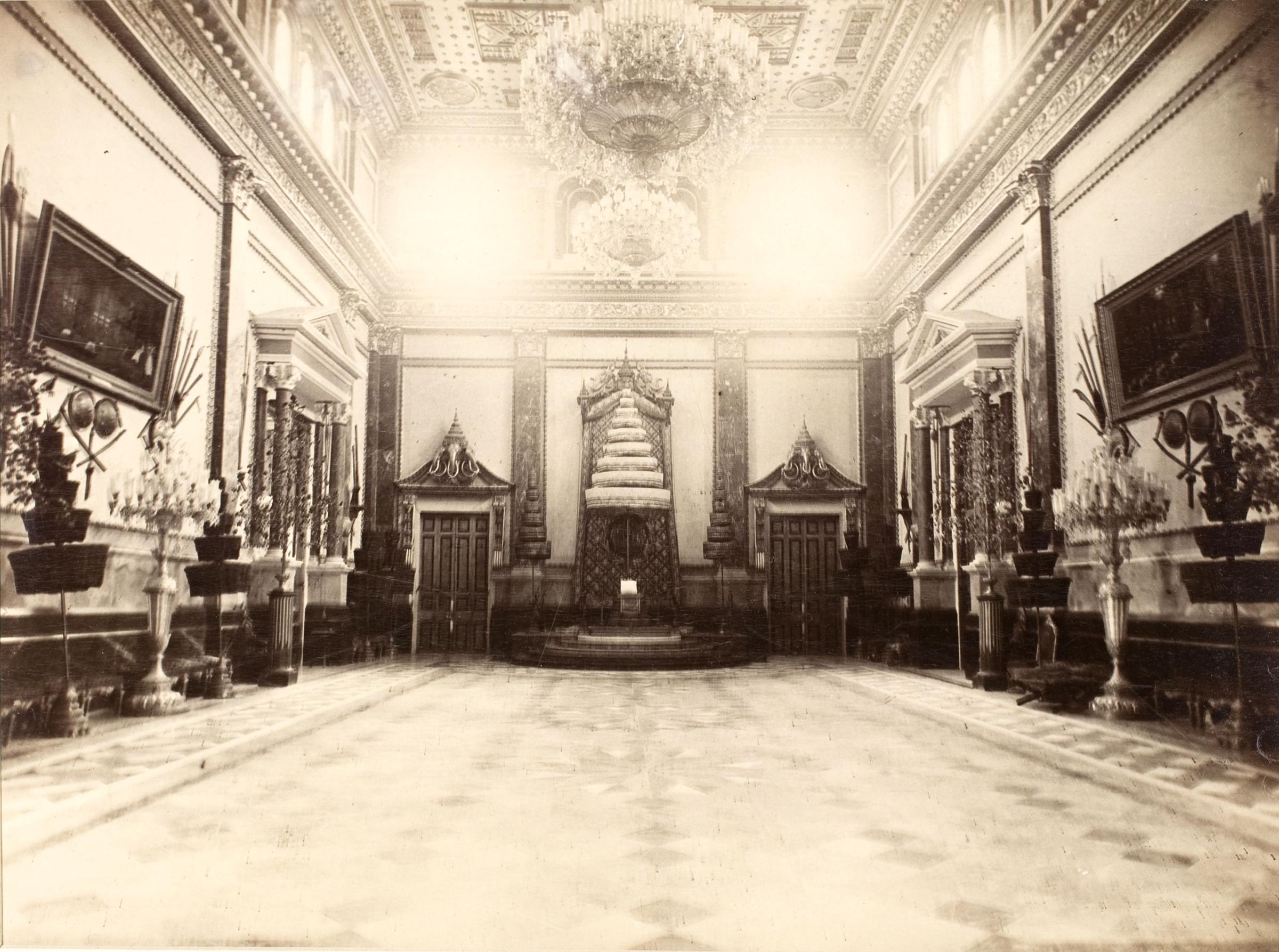
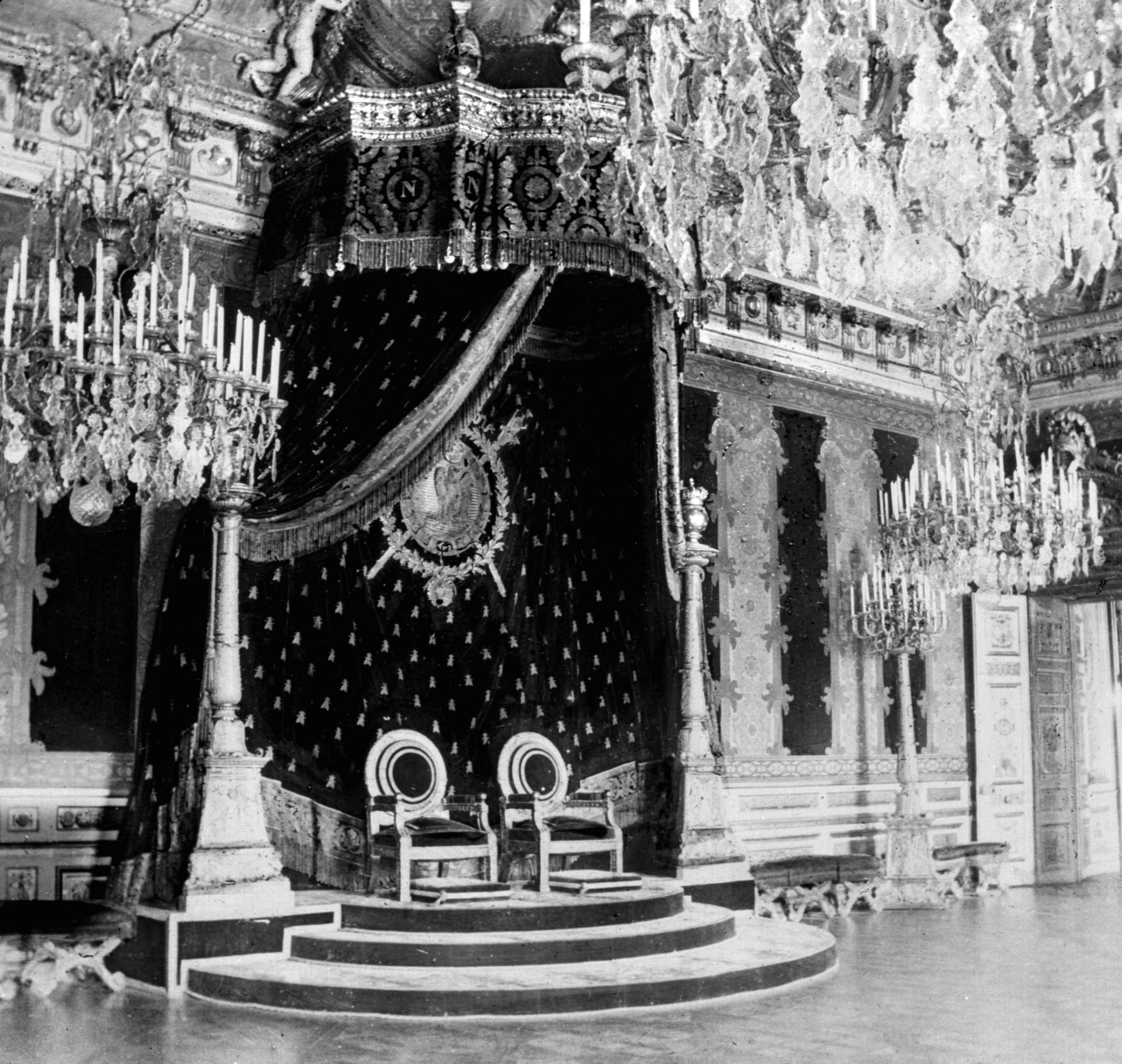
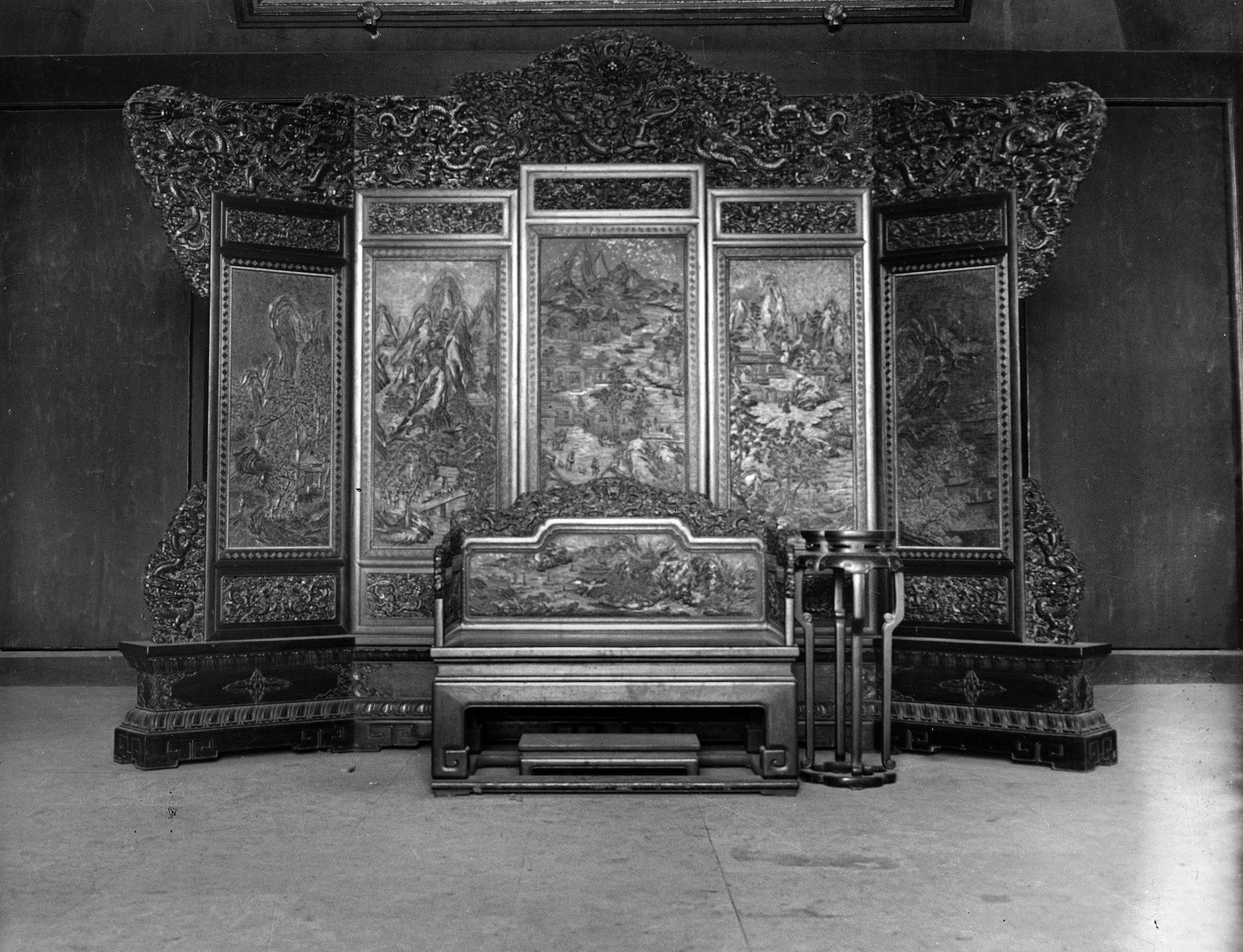
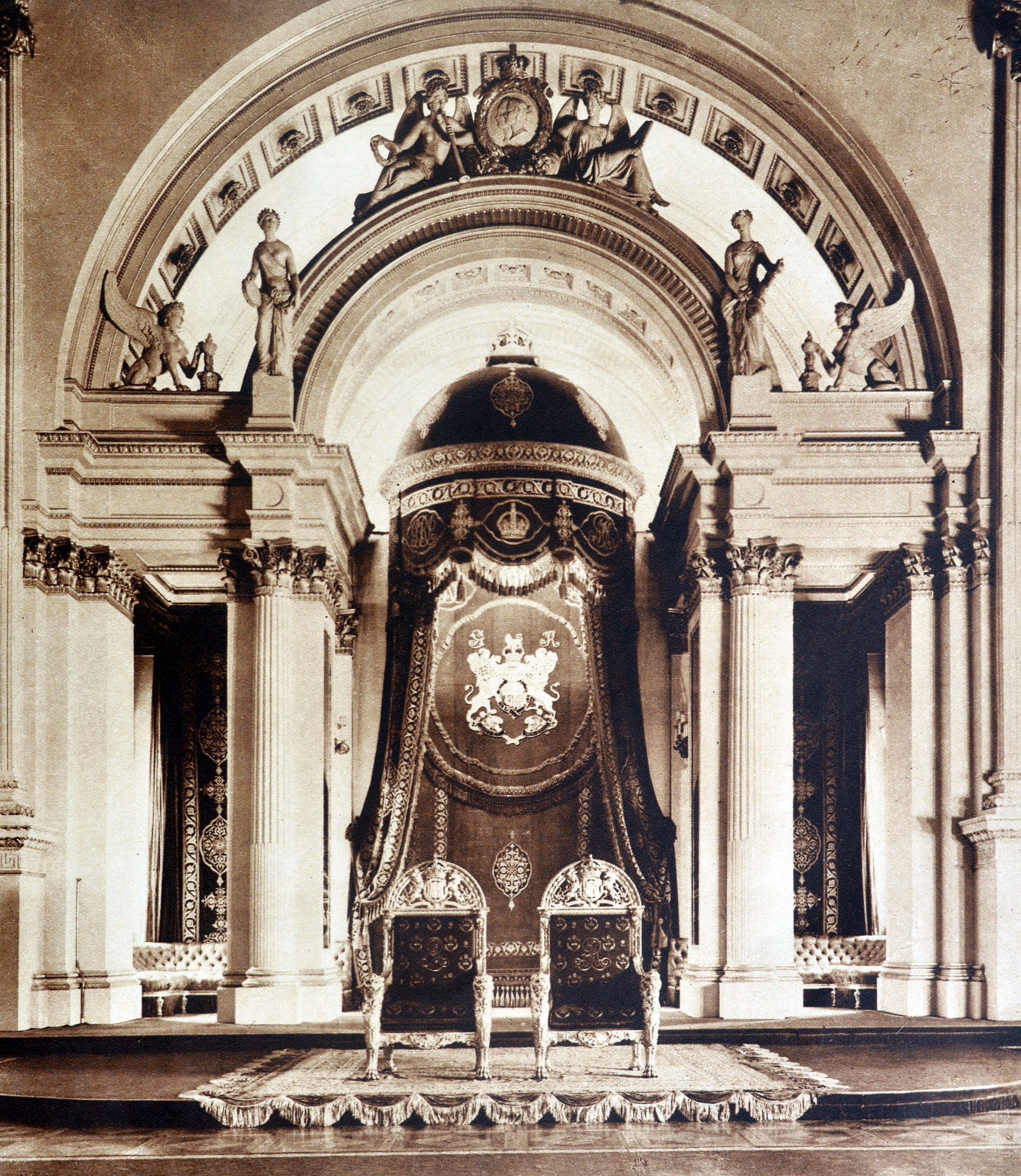

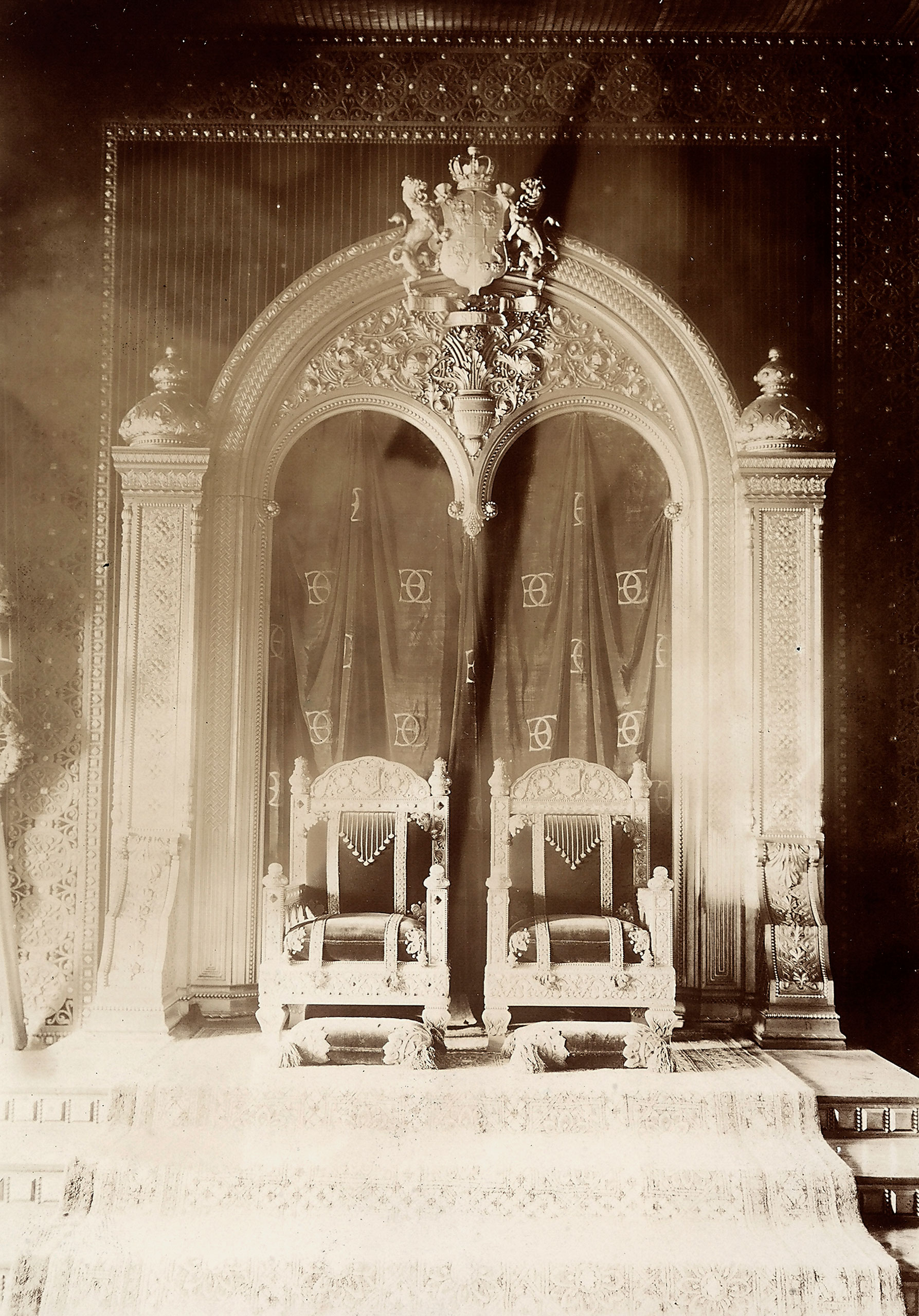


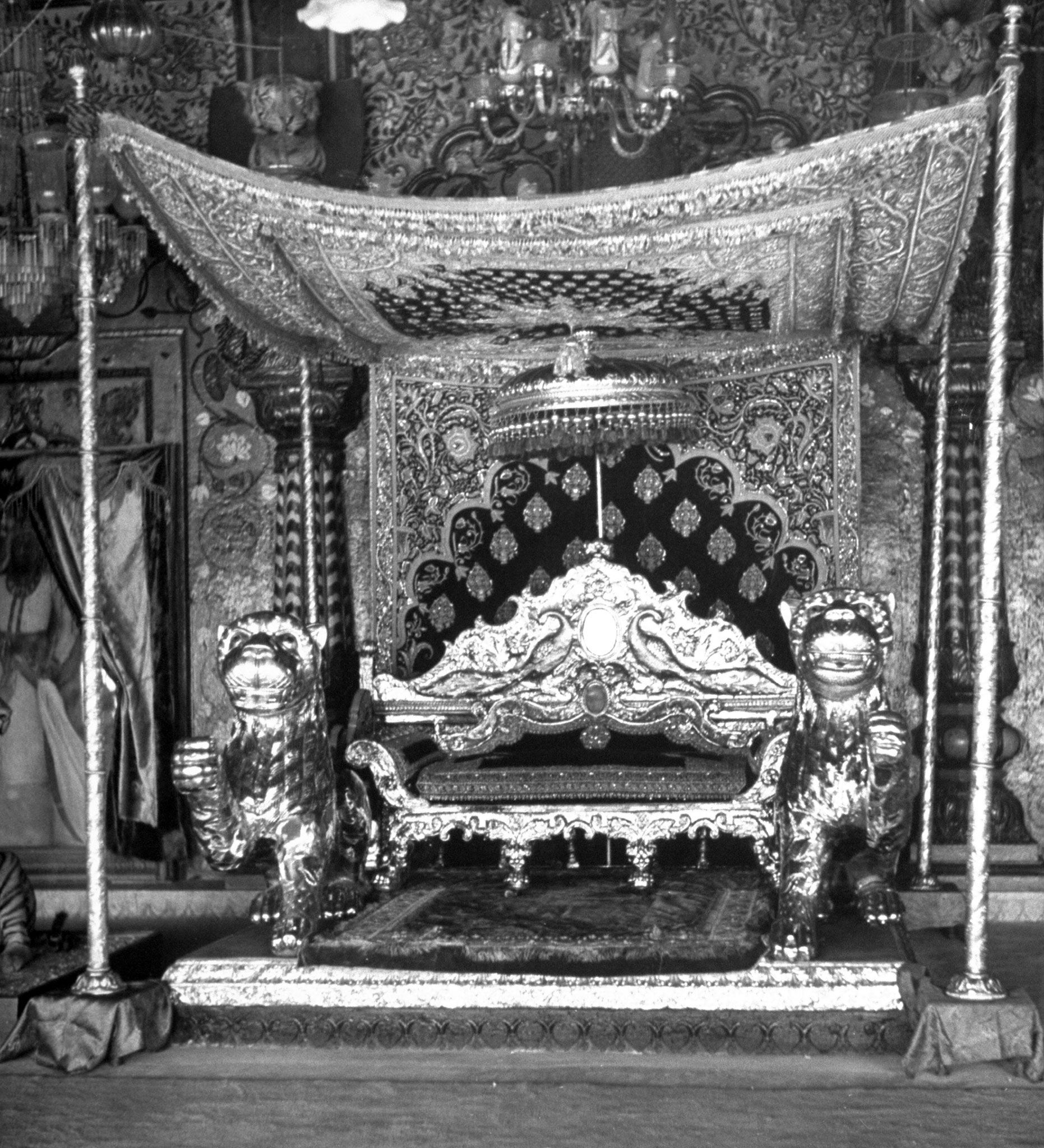
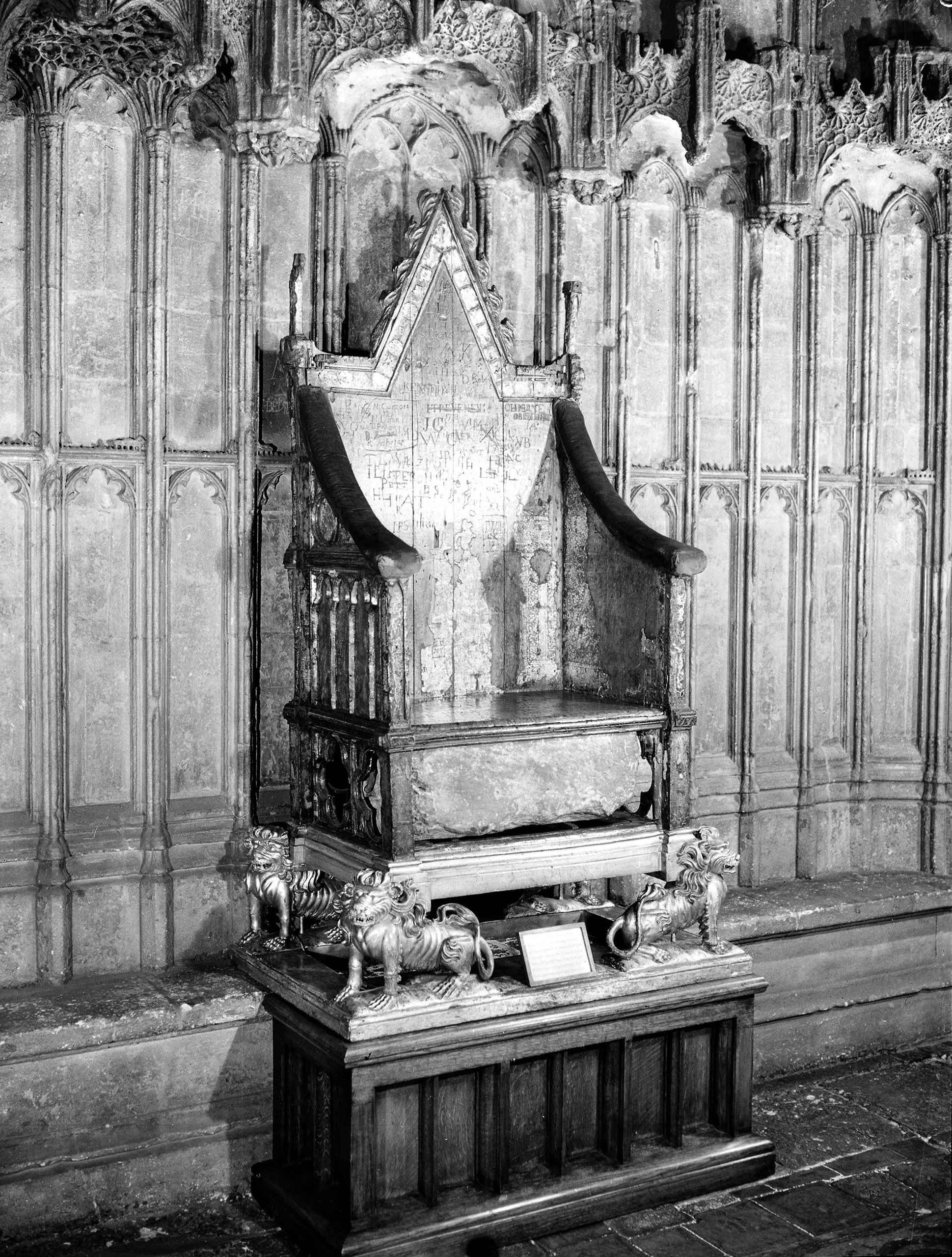
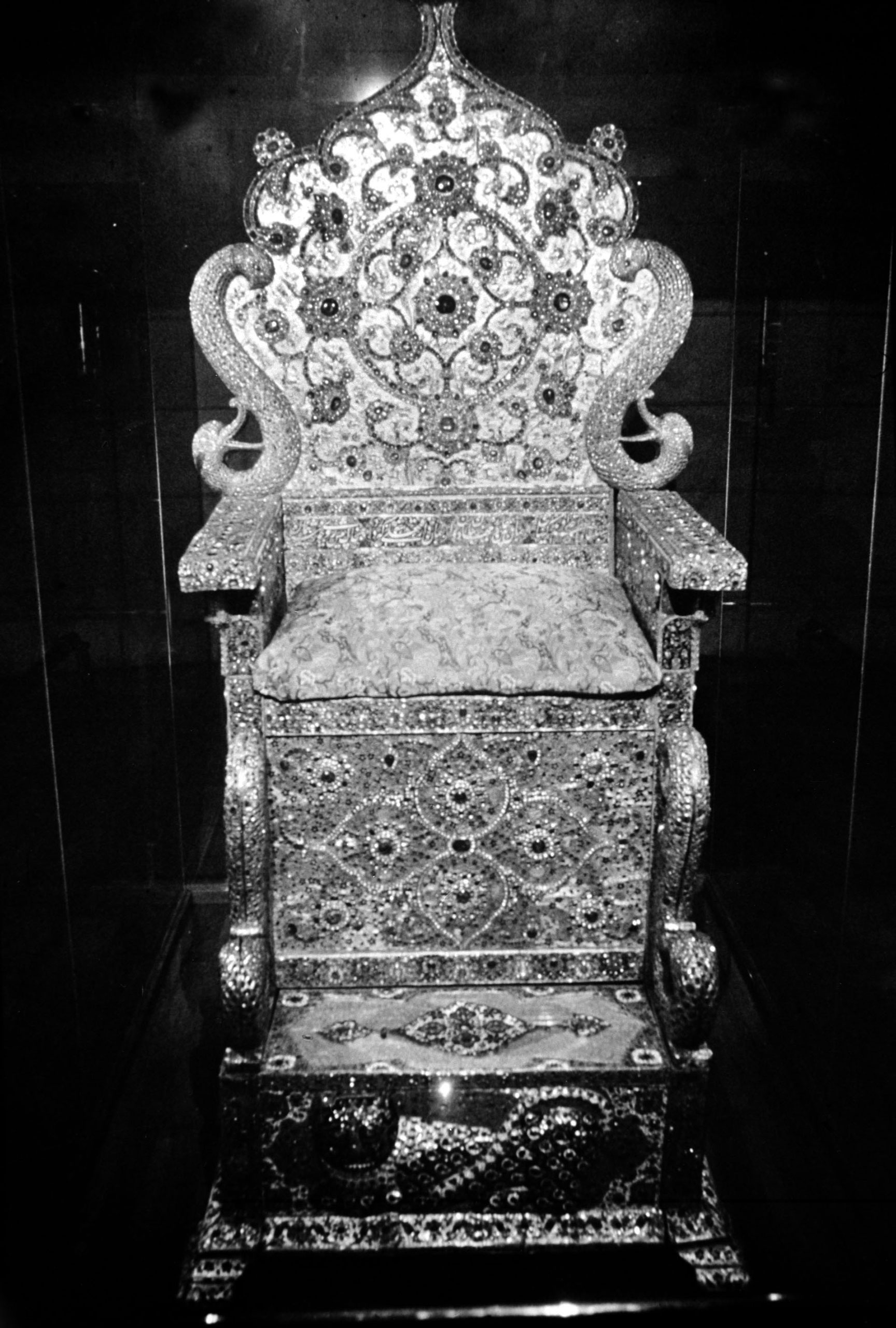
More Must-Reads from TIME
- Why Trump’s Message Worked on Latino Men
- What Trump’s Win Could Mean for Housing
- The 100 Must-Read Books of 2024
- Sleep Doctors Share the 1 Tip That’s Changed Their Lives
- Column: Let’s Bring Back Romance
- What It’s Like to Have Long COVID As a Kid
- FX’s Say Nothing Is the Must-Watch Political Thriller of 2024
- Merle Bombardieri Is Helping People Make the Baby Decision
Write to Lily Rothman at lily.rothman@time.com